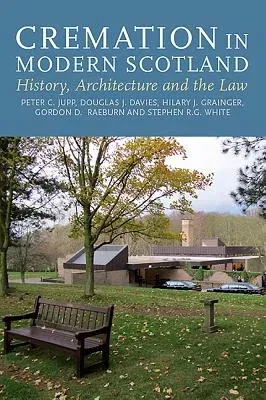Changes in funeral practice provide a lens through which to inspect
changes in wider social identity, values and religious beliefs. This
book reveals how, in Scotland, as in other societies, death ways and
funeral arrangements are closely related to other aspects of life, from
religious beliefs to political convictions, from family relationships to
class structure, from poverty to prosperity.The book adopts an
interdisciplinary approach, analysing particularly the part played by
Scottish law and architecture. Until recently, Scotland's 28 crematoria
have been the 'invisible buildings' of the twentieth century, absent
from architectural histories. The book analyses the challenge this new
building type provided for architects: a building with no architectural
precedent, at once secular and religious, functional and symbolic. From
archives previously unstudied and from primary and secondary legal
materials, it traces the development of Scottish law on burial and
cremation. It will be an invaluable aid to those wishing to know the
historical background to the Burial and Cremation Bill currently going
through the Scottish Parliament.In just forty years the people of
Scotland made a striking change to their age-old custom of burying their
dead. In 1939, 97 per cent of Scots funerals ended with burial; by 1977
over 50 per cent ended with cremation. This book tells the story of this
change. It interprets the crises in burial practice in
nineteenth-century urban Scotland and constructs the very first account
of how Scottish cremationists pioneered a radical alternative to burial.

